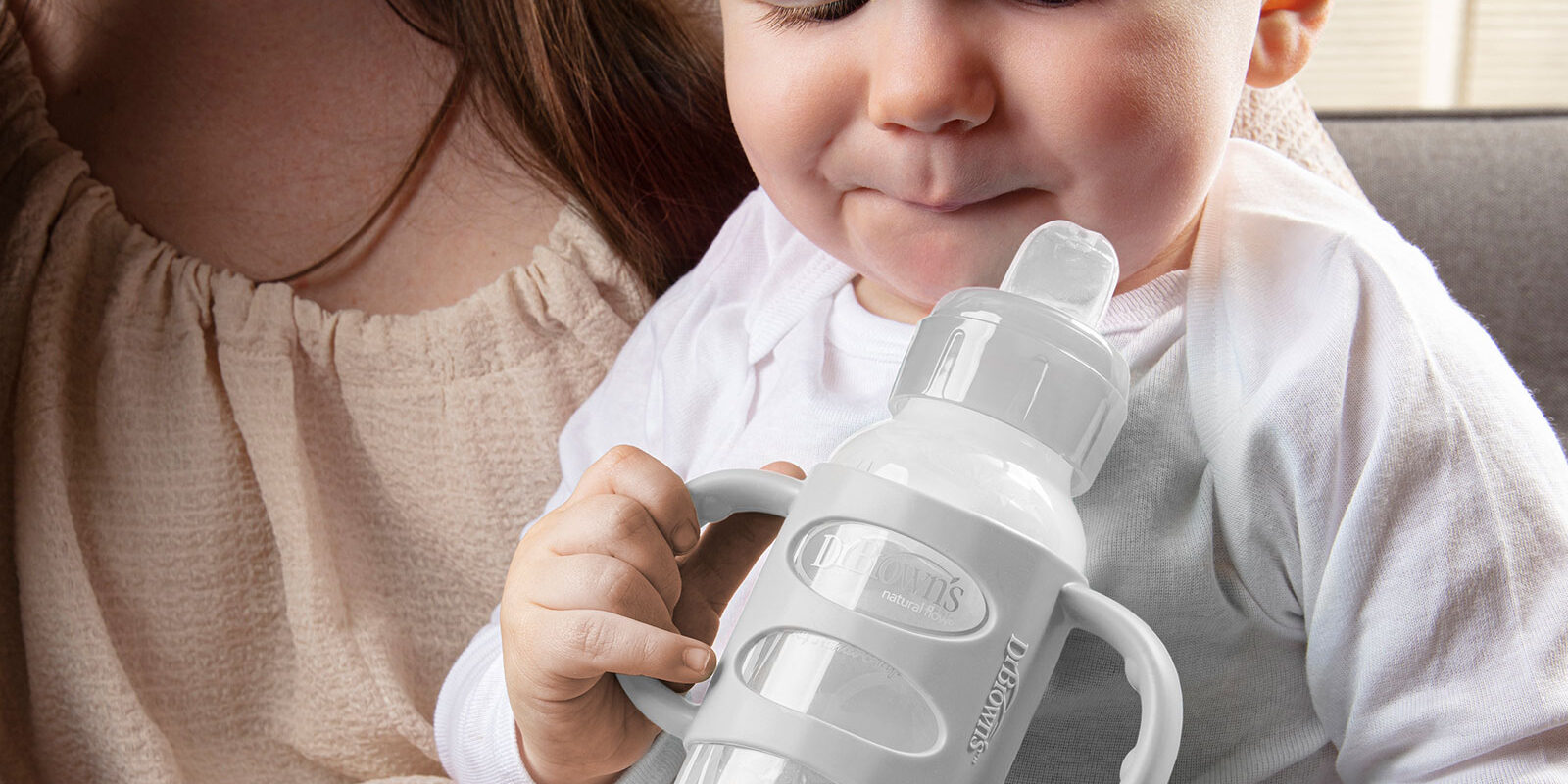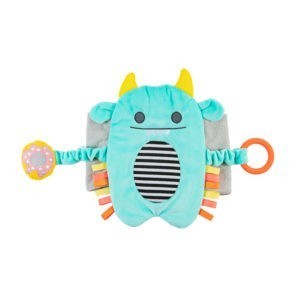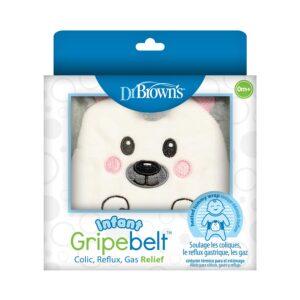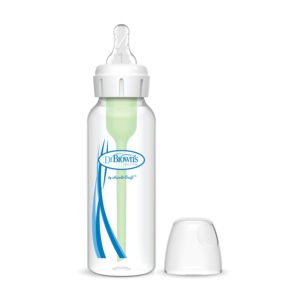When parents come to me—a pediatrician—with concerns about their toddler’s eating habits, the first question I ask them is, “How much milk is your child drinking?” Many times, parents are unaware that their child is consuming way more than the average milk requirement for their age group. Drinking too much milk for their age and size may affect their appetite and interest in other foods. In short: they’re filling up with milk.
The American Academy of Pediatrics (AAP) recommends that a child aged 12-18 months drinks 16-24 ounces of whole milk each day. That is only two or three, eight-ounce servings throughout a 24-hour period.
Often, infants will be drawn to their bottle naturally because it has been a primary method of both food and emotional comfort for their entire young life. It can sometimes be tricky to transition infants and toddlers away from the bottle and motivate them to start eating solid foods. Moving from a bottle to a cup is an important step in this process—and it’s imperative for their growth and development.
Here are four reasons why you should transition your baby from a bottle to a sippy cup between the ages of 12- and 24-months old:
- Cavities
- Empty calories
- Fine motor skills
- Emotional development
One of the main components of milk is natural sugar (in the form of lactose). The more milk your child consumes, the more at risk they are for developing cavities. (Ensure you’re brushing your child’s teeth at least twice per day!) Avoid the temptation to leave a bottle of milk in the crib for your infant. Beyond the increased risk of cavities, due to milk coating teeth throughout the night without being brushed away with a toothbrush, there’s a safety issue. With an unattended bottle left in their sleeping space, there’s a potential for choking during the night. There is also said to be a connection between bottle feeding and your baby’s teeth alignment. Beyond 24 months, the longer a child uses their bottle, the higher the possibility it could affect the alignment of their teeth. If your baby still needs a soothing mechanism at bedtime, you can always try a stuffed animal or lovey to comfort them.
If your child drinks too many ounces of milk during the day, they will lose the hunger sensation due to the volume of fluid in their stomach, and because milk has a high fat and caloric content. A small child needs to incorporate other foods and solids into their diet to complete their daily nutritional needs. So, if your child is leaning mostly on milk to meet their caloric needs for the day, they may be deficient in some of the nutrients and minerals that milk does not provide. These nutrients and minerals are essential for your child’s development.
Your child needs to start to develop the fine motor coordination required for eating and swallowing. Excessive use of the bottle not only demotivates infants and toddlers from eating food, but also prevents them from forming fine motor skills to appropriately hold utensils and chew food—skills necessary for the advancement of eating.
Many young children find emotional comfort in their bottles. There is a risk for the bottle to become an emotional cue or a soothing device. It becomes harder to substitute other items for an “emotional support bottle” as children age. Parents may think they are providing their child with a healthy soothing mechanism, but in reality, they are perpetuating the behavioral pattern that the bottle is there to serve the child emotionally and not for delivering nutrition.
Tips for Transitioning to a Sippy Cup
The sooner you can transition your child to a sippy cup after age 12 months, the easier it will be for both you and your child. If you exclusively breastfeed, I recommend going straight from breastfeeding to a sippy cup.
When transitioning from a bottle, start slowly by using a sippy cup during the day, allowing your child to only have a bottle during mealtimes. Refrain from using a bottle during naps and bedtimes to help your child learn to self-soothe.
You can also substitute water for milk in the bottle. This switch may lead to less interest in the bottle because it’s not what your child is used to drinking in the bottle. This change may also demotivate them from wanting a bottle at night. Please remember this substitution should be made after the age of 1 year and with only a small amount of water.
A great tip to help with this transition is to give your child a healthy snack alongside their sippy cup of milk to encourage introduction to new foods and textures.
When introducing a sippy cup for the first time it’s important to start with a cup that has the least amount of resistance and that is developmentally appropriate. You want to pick a sippy cup that most mimics the bottle and has easy-to-grip handles. You’ll then transition them into more advanced sippy cups as they develop their fine motor coordination.
Final Thoughts on Starting Sippy Cups
As with many challenges of parenting, please keep in mind that these new transitions and the development of new skills and routines may take some time. You may need to experiment with different techniques, routines, and approaches before your child transitions completely away from the bottle. Once your child is drinking an appropriate amount of milk and fine-tuning the motor skills necessary to eat food more independently, they are more likely to start to explore a variety of foods more readily!
About the author:
Dr. Katie Friedman is a board-certified pediatrician, writer, spokesperson, and mother. Dr. Friedman completed her residency at Jackson Memorial Hospital at the University of Miami. She currently practices pediatric emergency medicine in South Florida. She divides most of her working hours between the emergency room and the blog she created with her sisters, ForeverFreckled.com, where she serves as an educator and spokesperson.
Using her passion for preventive medicine and pediatric safety, Dr. Friedman has worked alongside several brands and companies, to guide parents through obstacles of childhood safety, illness prevention, and pediatric medicine. In addition to her hospital work and writing obligations, she also serves as a medical correspondent for Lifetime’s Access Health and The Balancing Act. In her free time, Dr. Friedman loves spending time with her family, traveling, and early morning runs.



